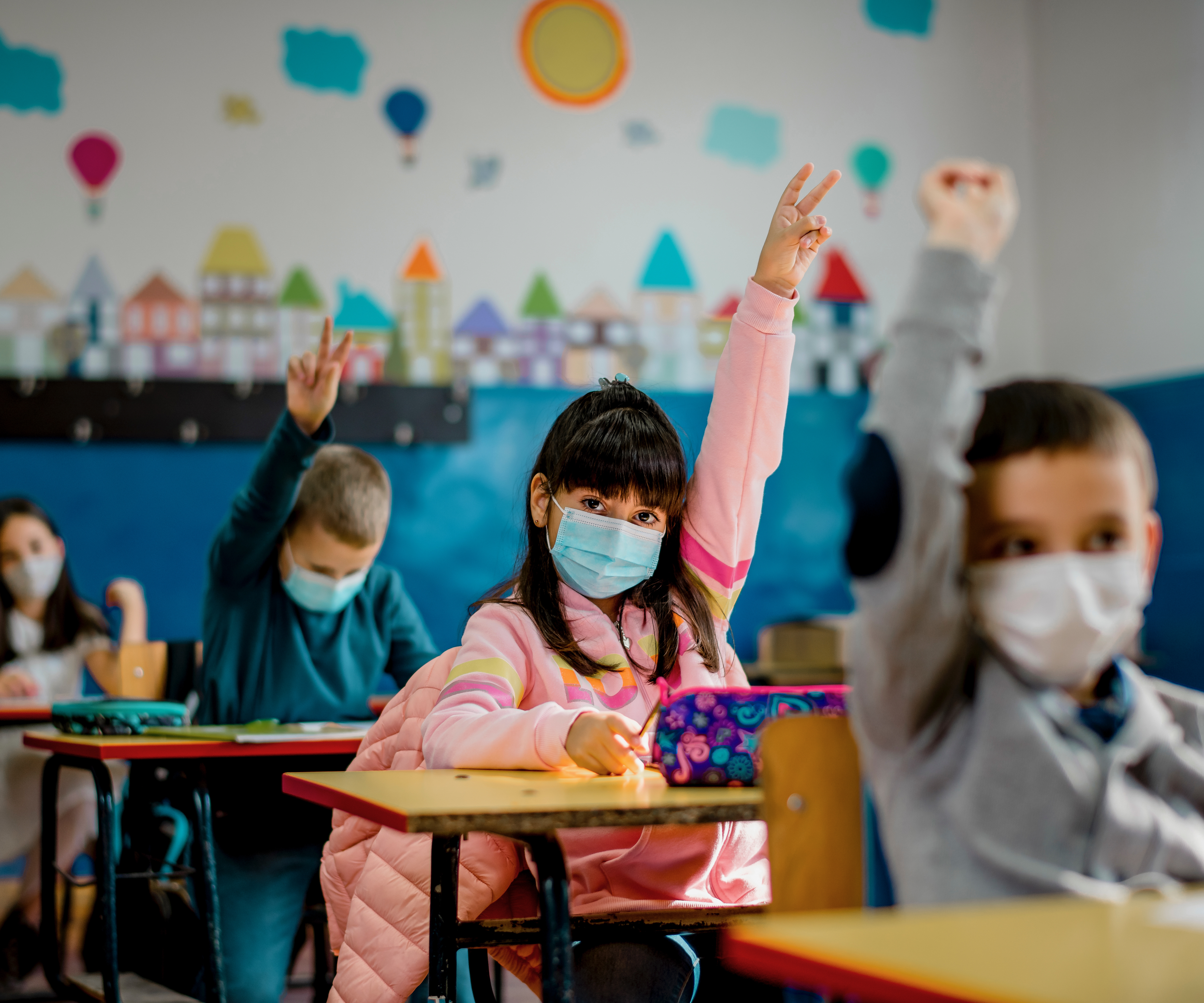
ACADEMICALLY SPEAKING, THE KIDS ARE GOING TO BE OKAY
Tracy Vaillancourt, Peter Szatmari and Jess Whitley | July 13, 2020
Tracy Vaillancourt, Ph.D., Professor and Tier 1 Canada Research Chair in School-Based Mental Health and Violence Prevention, Faculty of Education, uOttawa; Member of The College of the Royal Society of Canada.
Peter Szatmari, M.D., Chief, Child, and Youth Mental Health Collaborative, The Hospital for Sick Children, Centre for Addiction and Mental Health & University of Toronto; Professor and Head of the Division of Child and Youth Mental Health, University of Toronto; Patsy and Jamie Anderson Chair in Child and Youth Mental Health
Jess Whitley, Ph.D., Associate Professor of Inclusive Education, Faculty of Education, uOttawa
The spread of COVID-19 necessitated the closing of school buildings across Canada, and with these closures, a new way of educating children from a distance was rapidly put into place. Much of the teaching load was assumed by parents, who took on this extra task while also managing unexpected stressors like job insecurity and illness. Not surprisingly, parents rose to the challenge. They sacrificed, as they tend to do, to ensure the well-being of their children. And yet despite their best efforts, many parents worried. They worried that the educational instruction they were giving was not good enough, and consequently, their children were falling behind academically.
The uncertainty of the upcoming academic year is creating a familiar worry. If schools are only partially opened, will parents have to again help teach their children, and what will this mean for their children’s academic development?
We want to alleviate some of this worry by providing an evidence-based perspective about child development and how it relates to academic achievement. Our key point is that the vast majority of kids are going to be okay academically even if we are not back to the traditional model of education in September. We can say this with confidence because research shows that there are no sensitive periods for learning in childhood. Take reading for example. Canadian schools promote early reading skills in Kindergarten and children are expected to be able to read with fluency by the time they are 7 years old. Finland focuses strictly on play and exploration until children begin formal schooling and reading instruction at 8 years of age. These differences in educational approaches have little effect on reading achievement at age 15. In the latest OECD Programme for International Student Assessment report, which assesses “the cumulative outcomes of education and learning” in reading, mathematics, and science, Canada and Finland were ranked at the top of the distribution in reading, both scoring 520.
We can appreciate that the stakes likely seem too high for parents to put down their guard. After all, parents have been consistently told that a good education is necessary for things like economic prosperity. Not helping assuage concerns is the National Centre on Education and the Economy in the US warning that COVID-19 will condemn “a large fraction of an entire generation to live on an economic precipice” that will compromise the “economic prospects of the whole [US] country”. Should this prediction concern parents in Canada?
While it is true that academic inequalities have an uncanny ability to compound for children who are most vulnerable, the achievement gap does not have to widen if appropriate efforts are made. In Canada, there is a strong commitment by educators to narrow the achievement gap, which is far less pronounced than in the US where the gap in achievement between rich and poor children is large, and presumably, growing during this crisis. Canadian educators are acutely aware of who needs resources to help mitigate inequalities and are working in earnest to help meet the needs of their most vulnerable students. Indeed, prioritizing supports and resources for these students and families is a main concern for educators engaged in fall planning.
With this backdrop in mind, we are assured that learning will not be lost for most Canadian children, even if we continue with a non-traditional teaching model. We are further assured that parents do not need to take on the extra burden of teaching their children while juggling all of their other responsibilities. Although we recognize that some Canadian children are vulnerable, most children are not. Most children have an enormous capacity for resilience, and accordingly, most children will quickly catch up academically once school buildings open (even if partially) in September.
This article initially appeared in the Globe and Mail on July 9, 2020.



